Eric Wen scrutinises the mammoth six-volume work by Beares Publishing comprising all the known works of Antonio Stradivari along with his sons

Antonio Stradivari: The Complete Works
John Dilworth et al
ISBN 9781916445925 (6 volumes)
Beares Publishing £3,900 (library edition) £7,000 (deluxe edition)
Following its initial announcement in 2019, the long-anticipated Antonio Stradivari: The Complete Works (referred to hereinafter as ASCW) has finally been released. Divided into six volumes housed in three slipcases, ASCW presents a comprehensive survey of all known instruments attributed to Antonio Stradivari’s workshop, ordered chronologically with photographs and provenance.
Ever since Count Cozio di Salabue, academics, dealers and enthusiasts have sought to document Stradivari’s prolific output, including key contributions from W. E. Hill & Sons’ Antonio Stradivari, His Life and Work (1902), Ernest Doring’s How Many Strads? (1945) and Herbert Goodkind’s Violin Iconography of Antonio Stradivari (1972). These works aimed to record Stradivari’s vast output, though inconsistencies in historical records, subjective descriptions and multiple listings of the same instrument under different names posed challenges.
Earlier efforts tackled this challenge using the best available technology of their times. The Hills used watercolour plates (which captured the instruments’ essence better than the photographic techniques of the time could); Doring focused on provenance with limited photography; and Goodkind emphasised iconography with black and white images. More recently, Jost Thöne’s high-resolution, life-size photographs have revolutionised the study of Stradivari’s instruments. ASCW builds on these predecessors, balancing high-quality photography with extensive provenance. Although the images are not life-size, the publication offers a clear and consistent presentation. Many of the images were commissioned by Beares Publishing, while others were sourced externally yet maintain uniform quality, with soft-glossed paper stock that minimises glare and enhances details.
Given that Stradivari’s work is spread across the globe, the effort to chronicle every known instrument represents a Herculean task. Here for the first time we have a record of nearly 850 works by Antonio Stradivari: 736 violins, 14 violas, 69 cellos, 6 guitars, 6 small violins, 2 violas d’amore, 2 coristo mandolins, a pochette and a harp. The catalogue also includes composite Strads – instruments reassembled with parts from different periods – and isolated parts such as tops, scrolls and cases. Of the 743 violin family instruments (violins and small violins) listed, 629 are illustrated in either colour or black and white. Even a guitar Stradivari repaired and a bow attributed to his workshop are featured.
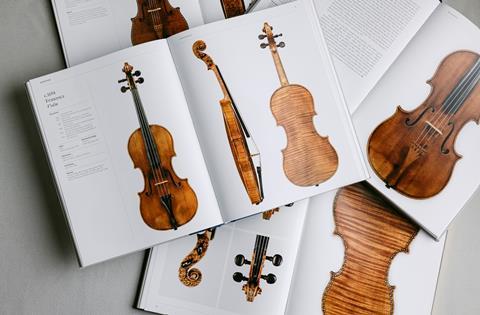
Each volume measures 300 by 230mm, with ribbon bookmarks and gilt-embossed covers. The six volumes are organised chronologically into six periods: 1660–90, 1691–1700, 1701–10, 1711–20, 1721–30 and 1731–37). Each instrument is featured on a double-page spread with images of the front, back and side views, accompanied by detailed information on measurements, provenance, labels, dendrochronology, certificates, players and sources.
The ‘Notes’ highlight ambiguities and discrepancies in past records. For example, in Goodkind’s work the c.1711 ‘Marquis de Rivière’ was previously confused with the c.1718 ‘Curtis’, while the c.1686 ‘Day’ was mistakenly listed twice under different names. New Strad entries include the 1685 violin from the Rosenberg Collection sold in the 2022 Ingles & Hayday auction. Some instruments do not have their owners listed.
There are 56 instruments that receive more detailed photographic treatment, including bass- and treble-side views, full-page body shots and close-ups of scrolls. Brief essays by John Dilworth offer historical context and highlight notable features. ASCW also documents lost or missing instruments. For some, black and white photos are the only visual records available, such as the 1709 ‘Thibaud’, named after the great French violinist who died tragically with his Strad in a plane crash. Since a number of the photos that survive for lost or stolen instruments might only exist from a magazine article or an old catalogue, several of these images are naturally compromised in quality. Still, it’s invaluable to have them included, as they are the only recorded images that remain. Sadly, there are several Strads for which no photos survive at all, such as the 1702 ‘Yusupov’ last traced to the early 19th century when it was ‘seen and authenticated by Paganini’, and the 1732 ‘Hercules’ owned by Eugène Ysaÿe before it was stolen in 1907. The 1730 Omobono Strad owned by Ginette Neveu suffered a similar devastating fate to her compatriot’s 1709 ‘Thibaud’. The inclusion of these entries recognises their importance in the Stradivari narrative.
A chronological survey of Stradivari’s output reveals patterns and anomalies, such as the consecutive creation of decorated violins (the 1677 ‘Sunrise’ and 1679 ‘Hellier’) and fluctuations of productivity. The authors’ respect for traditional date attributions makes the early years of Stradivari’s work particularly compelling. The stylistic differences among pre-1680 instruments especially will undoubtedly invite further study. By Volume 4 (1711–20), the maker’s ‘golden period’ is fully evident, producing masterpieces such as the 1722 ‘Rode’ (his last decorated instrument) and 1727 ‘Venus’.
The treatment of Stradivari’s sons’ work is notable. Until 1737 instruments were attributed to Antonio under the assumption that he supervised all workshop output. However, the Notes acknowledge traces of Francesco and Omobono’s craftsmanship, inviting further research into their roles. Volume 6 features a dedicated section on post-1737 instruments attributed to them.
Book review: Monograph of the Antonio Stradivari Cello c.1690 ‘Barjansky’
Book review: The Carlo Bergonzi Violins in Baron Johann Knoop’s Collection
Book review: The Fulton Collection: A Guided Tour
One curiosity in ASCW is the duplicated photographs of five instruments from the Nippon Music Foundation featured in Volume 6. Although presented in black and white in the earlier volumes, they are reproduced in colour in the last volume. The foundation only granted access to their photo archive in the final stages of the project. While the colour images of the ‘Dolphin’ of 1714 are superior, the shadings in the black and white photos of the 1709 ‘Engleman, Young’ appear different.
Beyond photographs, ASCW includes introductory essays by Simon Morris and Steven Smith, who directed the publication, along with a revised biography by Carlo Chiesa and John Dilworth. A chapter on contemporary players’ reflections on Strads is less compelling. Each volume has its own index, in addition to a comprehensive one in Volume 6. This last volume also offers detailed appendices, listing exhibitions, bibliographies, luthiers and instrument owners.
A curious aspect of Stradivari’s legacy is the naming of instruments. While sobriquets add charm and mystery, one wishes for explanations behind them (e.g. the ‘Da Vinci,’ ‘Michelangelo’ and ‘Lord Nelson’). Multiple instruments share the same names, such as the 1714 ‘Soil’ played by Itzhak Perlman and another from 1708. Similarly, three instruments each bear the names ‘Baron Knoop’, ‘Duke of Cambridge’ and ‘General Kyd’. Strads gain prestige through association with renowned performers. Several instruments carry the name ‘Paganini’ and others have adopted soloists’ names, such as the 1727 ‘Kreutzer’, which also obtained the name ‘Vengerov’ after the violinist acquired it in 1998.
The naming conventions, however, can be inconsistent. The 1715 ‘Rode’ added ‘Shumsky’ after its long-time owner, but now also bears Janine Jansen’s name, despite her not owning it. Meanwhile, the 1737 ‘Lord Norton’ never took the name of Charles Libove, who performed on it for over 40 years. Recent reattributions add further complexities, such as the 1727 ‘Graff, Fridart’ sold as the c.1725–1730 ‘Josefowitz’ by Tarisio in 2024, and the 1708 ‘Guetta, Salzard’ auctioned as the 1708 ‘Empress Caterina’ in 2023.
In an era dominated by digital media, ASCW stands out as a tangible, enduring record of knowledge. With only 1,000 copies printed, ASCW is likely to appreciate in value. For those who may never own a Stradivari instrument, ASCW offers unparalleled access to photographs and information about these masterpieces, ensuring that Stradivari’s legacy continues to inspire future generations.
Eric Wen

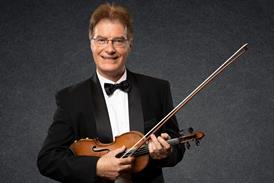
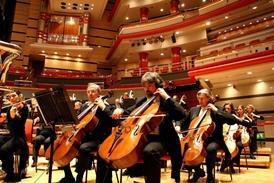
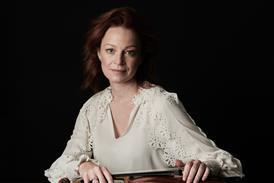
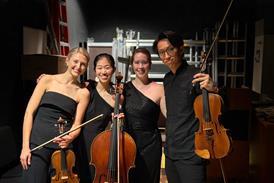
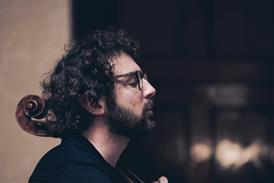
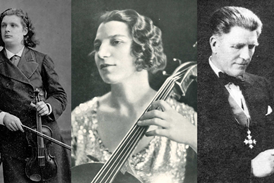


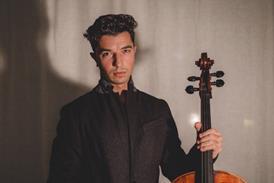
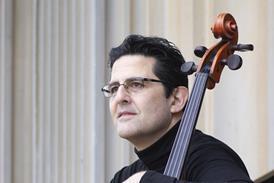
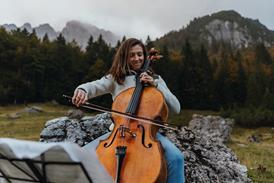
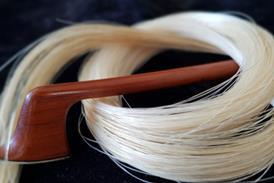
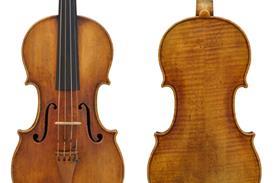
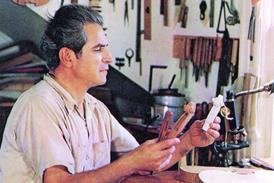
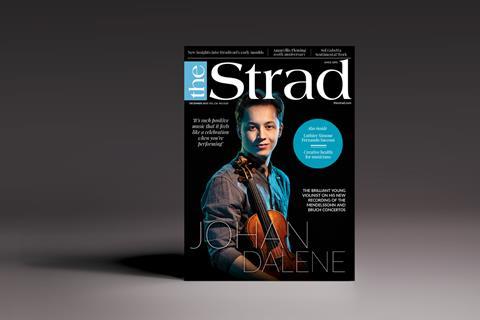
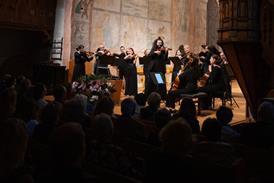

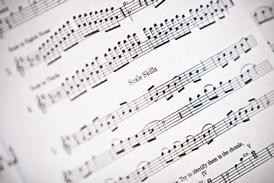
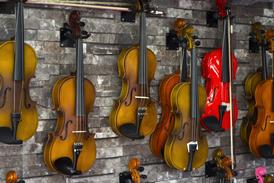

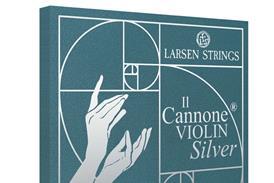
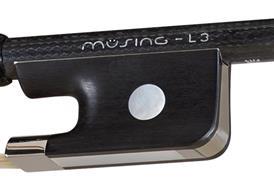
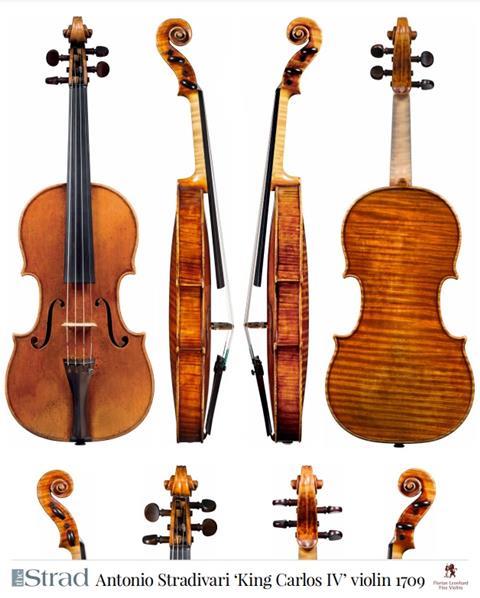
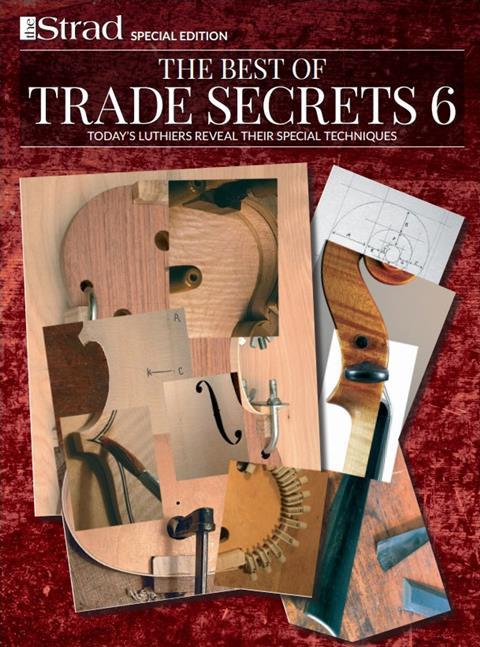
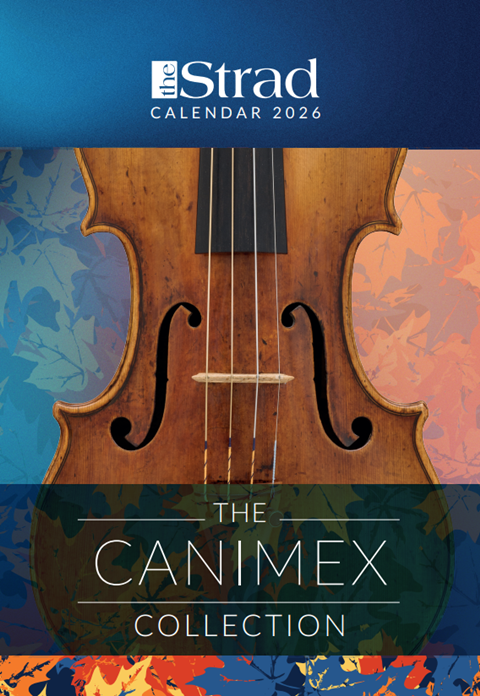
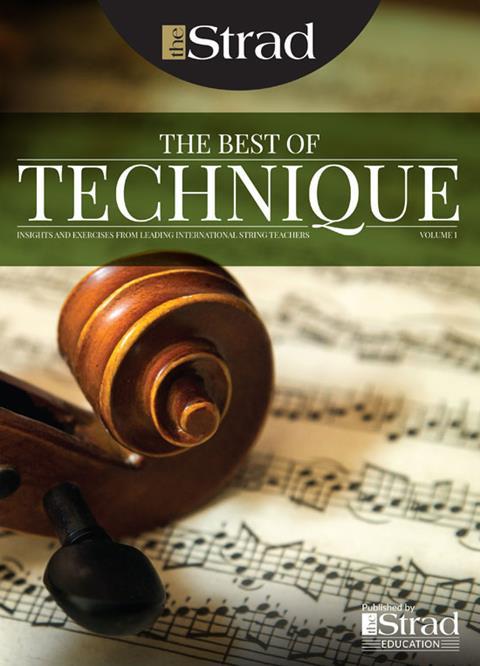
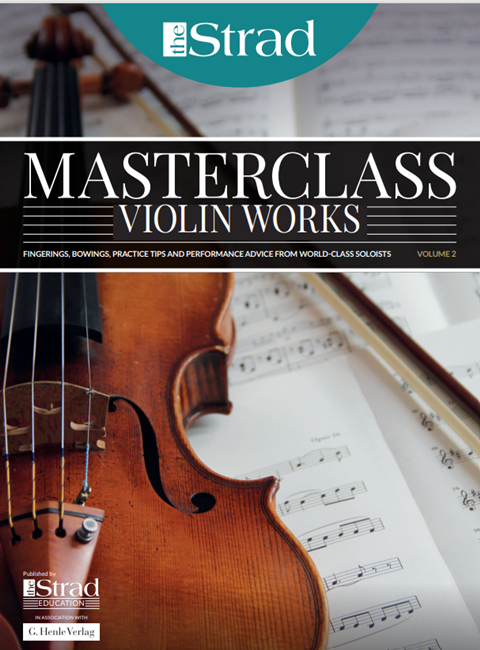
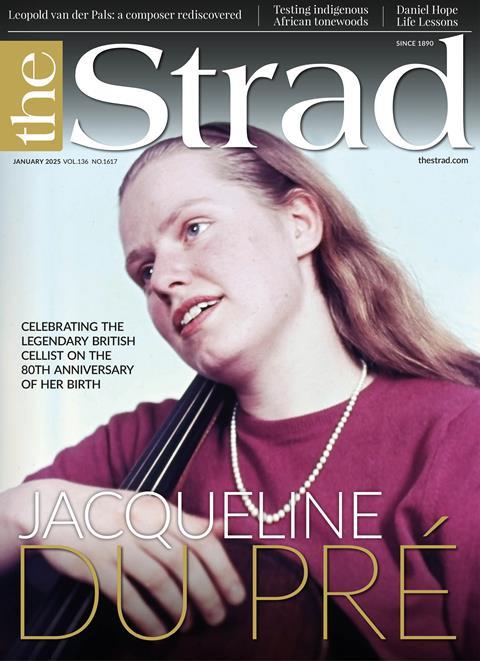
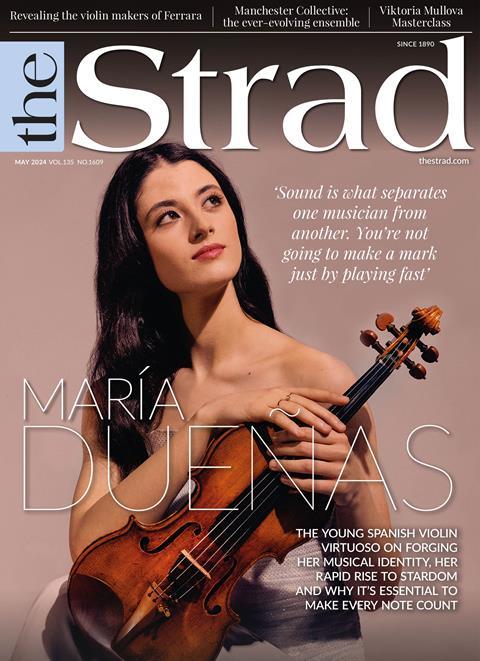
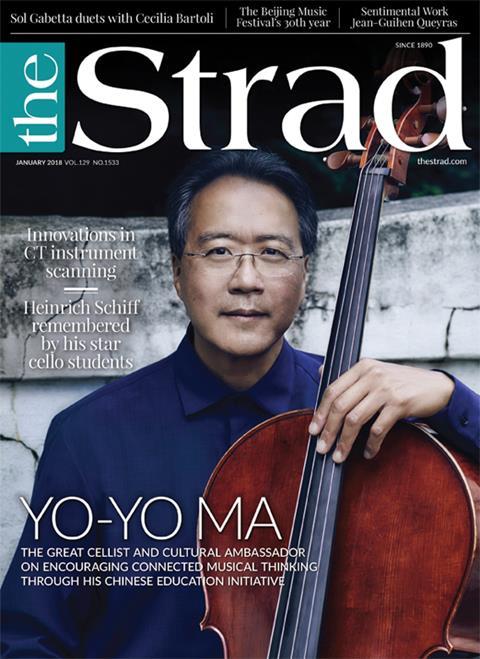












No comments yet